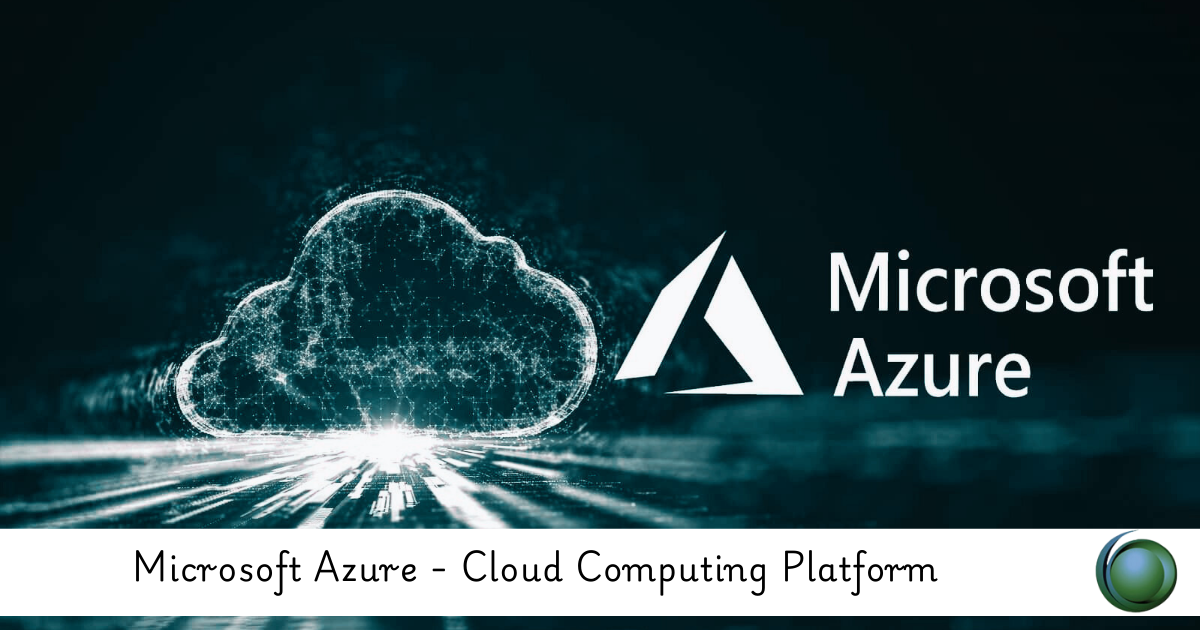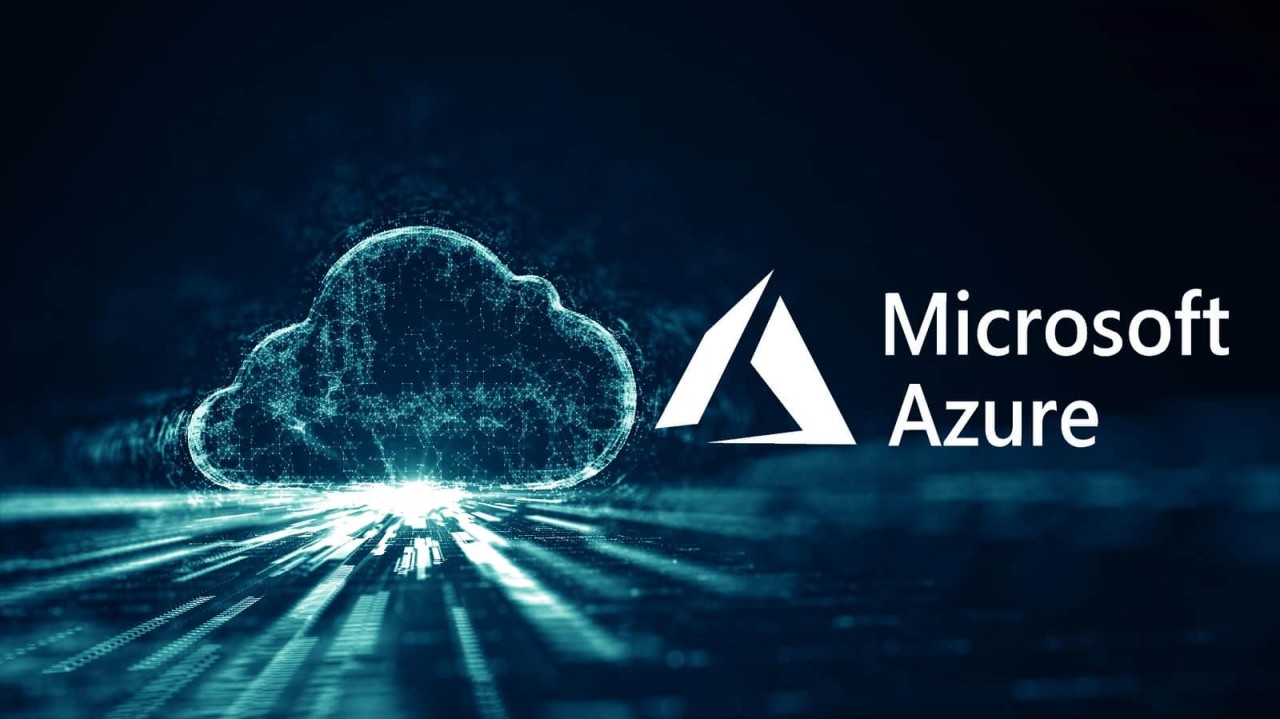Description
Introduction:
Serverless computing is revolutionizing the way applications are developed and deployed by allowing developers to focus solely on writing code without worrying about underlying server infrastructure. This course is designed for developers, cloud architects, and IT professionals who want to leverage serverless architectures to build scalable, cost-efficient, and resilient applications. Participants will gain hands-on experience with leading serverless platforms such as AWS Lambda, Azure Functions, and Google Cloud Functions. The course covers the core concepts of serverless computing, best practices for designing serverless applications, and strategies for integrating serverless services with other cloud offerings. By the end of the course, learners will be equipped to design, deploy, and manage serverless applications in various cloud environments.
Prerequisites:
- Basic Knowledge of Cloud Computing: Understanding of cloud service models (IaaS, PaaS, SaaS) and core cloud concepts.
- Experience with Software Development: Familiarity with programming languages such as Python, JavaScript, or Node.js.
- Understanding of Web Application Development: Basic knowledge of web technologies (APIs, microservices, etc.).
- Familiarity with Cloud Platforms: Prior experience with AWS, Azure, or Google Cloud is beneficial but not mandatory.
Table of Content:
- Introduction to Serverless Computing
1.1. What is Serverless Computing?
1.2. Evolution of Cloud Computing: From IaaS to PaaS to Serverless
1.3. Key Benefits of Serverless Architectures
1.4. Overview of Leading Serverless Platforms: AWS Lambda, Azure Functions, Google Cloud Functions
- Core Concepts of Serverless Architecture
2.1. Event-Driven Architectures: Triggers, Events, and Handlers
2.2. Understanding Function-as-a-Service (FaaS)
2.3. Serverless vs. Traditional Cloud Architectures
2.4. Use Cases for Serverless Computing: Real-World Examples
- Getting Started with AWS Lambda
3.1. Introduction to AWS Lambda: How it Works
3.2. Setting Up Your First Lambda Function
3.3. Integrating Lambda with Other AWS Services (API Gateway, S3, DynamoDB)
3.4. Monitoring and Logging with CloudWatch
3.5. Case Studies: Successful Serverless Implementations on AWS
- Exploring Azure Functions
4.1. Introduction to Azure Functions: Key Features and Capabilities
4.2. Building and Deploying Your First Azure Function
4.3. Integrating Azure Functions with Other Azure Services (Event Grid, Cosmos DB, Blob Storage)
4.4. Monitoring and Debugging with Application Insights
4.5. Case Studies: Serverless Solutions on Azure
- Working with Google Cloud Functions
5.1. Introduction to Google Cloud Functions: Core Concepts
5.2. Creating and Deploying Your First Cloud Function
5.3. Integrating Cloud Functions with Other Google Cloud Services (Cloud Pub/Sub, Firestore, Cloud Storage)
5.4. Monitoring and Logging with Stackdriver
5.5. Case Studies: Serverless Architectures on Google Cloud
- Designing Serverless Applications
6.1. Best Practices for Designing Serverless Applications
6.2. Architecting for Scalability, Resilience, and Cost Efficiency
6.3. Managing State in Stateless Architectures
6.4. Handling Serverless Cold Starts and Latency
6.5. Case Studies: Designing High-Performance Serverless Applications
- Serverless APIs and Microservices
7.1. Building RESTful APIs with Serverless Architectures
7.2. Microservices with Serverless Functions
7.3. API Gateway Integration with Serverless Functions
7.4. Security Considerations for Serverless APIs
7.5. Case Studies: Implementing Microservices with Serverless Technologies
- Data Management in Serverless Environments
8.1. Storing and Accessing Data with Serverless Architectures
8.2. Integrating Serverless Functions with NoSQL Databases (DynamoDB, Cosmos DB, Firestore)
8.3. Managing Data Streams and Real-Time Processing with Serverless
8.4. Data Security and Compliance in Serverless Architectures
8.5. Case Studies: Data Management Strategies in Serverless Applications
- Serverless Application Deployment and CI/CD
9.1. Continuous Integration and Continuous Deployment (CI/CD) for Serverless Applications
9.2. Using Tools like AWS SAM, Serverless Framework, and Azure DevOps
9.3. Automated Testing and Deployment Pipelines for Serverless
9.4. Versioning and Rollbacks in Serverless Environments
9.5. Case Studies: Implementing CI/CD for Serverless Applications
- Advanced Serverless Patterns and Architectures
10.1. Implementing Event Sourcing and CQRS in Serverless Architectures
10.2. Orchestrating Serverless Workflows with AWS Step Functions and Azure Durable Functions
10.3. Building Serverless Machine Learning Pipelines
10.4. Handling Long-Running Tasks in Serverless Architectures
10.5. Case Studies: Advanced Serverless Implementations
- Security and Compliance in Serverless Computing
11.1. Security Challenges in Serverless Architectures
11.2. Implementing Identity and Access Management (IAM) for Serverless
11.3. Securing Serverless APIs and Data
11.4. Compliance Considerations in Serverless Applications
11.5. Case Studies: Ensuring Security and Compliance in Serverless Architectures
- Monitoring, Logging, and Debugging in Serverless
12.1. Tools and Techniques for Monitoring Serverless Applications
12.2. Logging Strategies for Serverless Functions
12.3. Debugging Serverless Applications in Production
12.4. Real-Time Alerts and Incident Management
12.5. Case Studies: Effective Monitoring and Debugging in Serverless Environments
- Cost Optimization in Serverless Computing
13.1. Understanding the Cost Model of Serverless Architectures
13.2. Strategies for Reducing Serverless Costs
13.3. Analyzing and Managing Costs with AWS Cost Explorer, Azure Cost Management, and Google Cloud Billing
13.4. Optimizing Function Execution and Resource Allocation
13.5. Case Studies: Achieving Cost Efficiency in Serverless Applications
- Future Trends in Serverless Computing
14.1. The Rise of Serverless Containers (AWS Fargate, Azure Container Instances, Google Cloud Run)
14.2. Serverless Edge Computing: Bringing Compute Closer to the User
14.3. The Role of AI and Machine Learning in Serverless Architectures
14.4. Serverless DevOps: Automation and Infrastructure as Code
14.5. Preparing for the Next Generation of Serverless Technologies
- Hands-On Labs and Exercises
15.1. Deploying Your First Serverless Application on AWS Lambda
15.2. Building a Serverless RESTful API with API Gateway and Lambda
15.3. Integrating Serverless Functions with Cloud Databases(Ref: Cloud Computing Fundamentals: Understanding the Basics)
15.4. Implementing CI/CD for Serverless Applications using Serverless Framework
- Conclusion and Next Steps
16.1. Recap of Serverless Computing Concepts and Best Practices
16.2. Exploring Certification Paths for Serverless Professionals
16.3. Resources for Continued Learning and Professional Development
Conclusion:
This certification equips professionals with essential skills to effectively build and manage serverless applications, enabling organizations to enhance development speed and operational efficiency. By mastering these competencies, candidates can drive successful serverless computing initiatives within their organizations.
If you are looking customized info, Please contact us here
Reference







Reviews
There are no reviews yet.